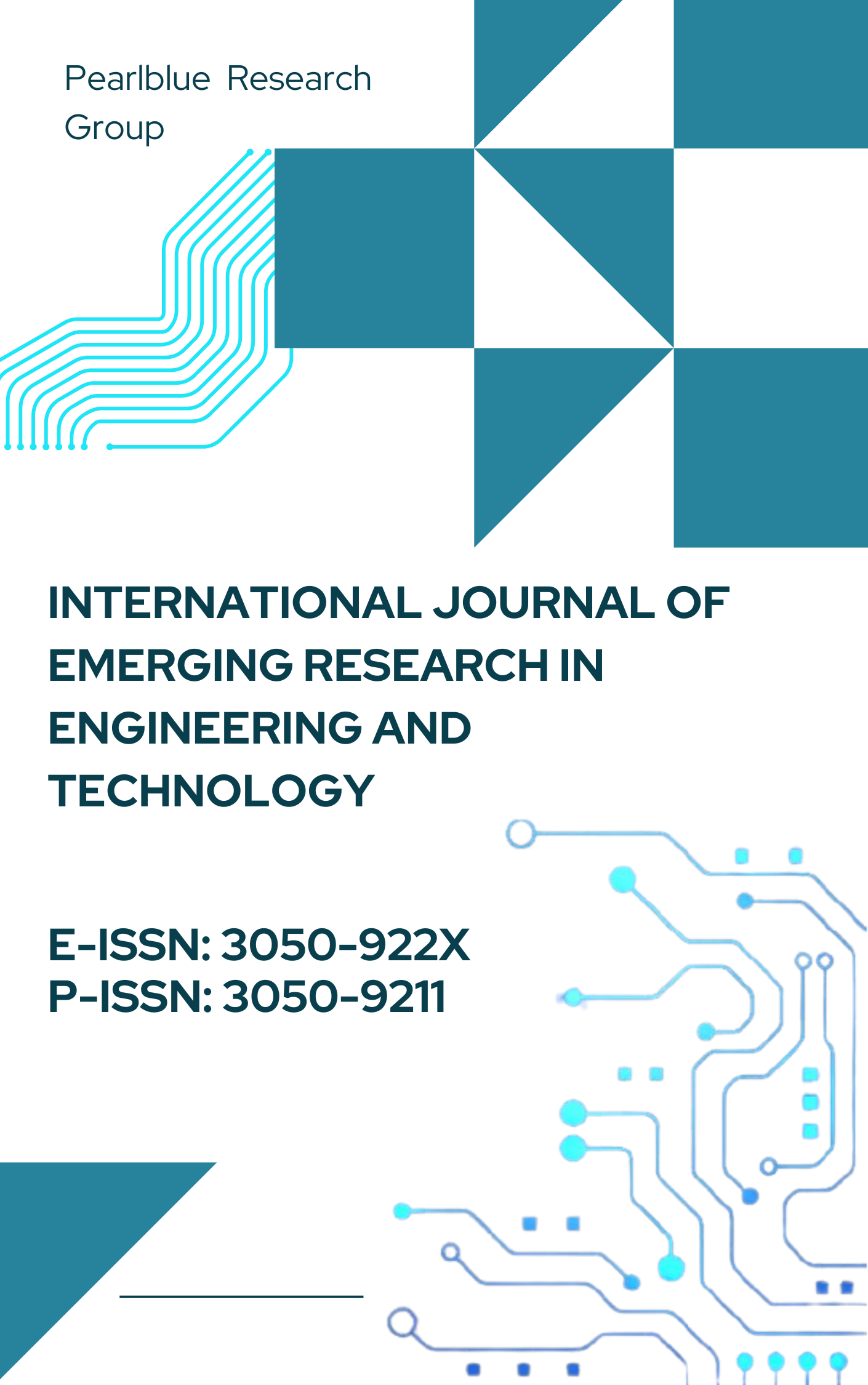Cross-Border Banking Technology Integration: Overcoming Regulatory and Technical Challenges
DOI:
https://doi.org/10.63282/3050-922X.IJERET-V1I1P105Keywords:
Cross-Border Banking, Technology Integration, Regulatory Compliance, Financial Technology (FinTech), Interoperability, Data Sovereignty, International Banking Standards, Anti-Money Laundering (AML), Know Your Customer (KYC), Cybersecurity, Cloud Infrastructure, Blockchain, Distributed Ledger Technology (DLT), Open Banking, Real-Time PaymentsAbstract
Integration of cross-border financial technology becomes more important in the modern global economy. Banks have to change to provide integrated, safe & too many quick services that cut across national boundaries as businesses and individuals operate across more numerous countries. Emphasizing the basic legal & technical challenges banks face in their attempts to combine systems across borders, this paper explores the evolving dynamics of international banking technology. Divergent national financial laws, data privacy rules & compliance requirements might cause friction. Integration projects may be seriously hampered by differences in legacy infrastructure, security requirements & also system compatibility. Notwithstanding these challenges, the study shows that a synthesis of cloud-based solutions, standardized APIs, and enhanced cybersecurity systems is sufficiently resolving these differences. Moreover, aligning legislative frameworks & building trust in collective systems depend on improving these communications between regulatory bodies and financial institutions. The study emphasizes the need of innovation and agile project management in reacting to fast changing legal contexts & also technological expectations. The paper demonstrates banks how to gently manage the subtleties of cross-border technology integration using real-world examples and strategic direction. The goal is to allow a day when international banking is not only sensible but also seamless, secure, and fit for the rising demands of the world stage
References
[1] Beck, Thorsten. "Regulatory cooperation on cross-border banking–progress and challenges after the crisis." National Institute Economic Review 235.1 (2016): R40-R49.
[2] Ahmed, Usman. "The Importance of cross-border regulatory cooperation in an era of digital trade." World Trade Review 18.S1 (2019): S99-S120.
[3] Berger, Allen N., et al. "Globalization of financial institutions: Evidence from cross-border banking performance." Brookings-Wharton papers on financial services 2000.1 (2000): 23-120.
[4] Yasodhara Varma Rangineeni, and Manivannan Kothandaraman. “Automating and Scaling ML Workflows for Large Scale Machine Learning Models”. JOURNAL OF RECENT TRENDS IN COMPUTER SCIENCE AND ENGINEERING ( JRTCSE), vol. 6, no. 1, May 2018, pp. 28-41
[5] McLellan, Kerry, and Paul Beamish. "The new frontier for information technology outsourcing: International banking." European Management Journal 12.2 (1994): 210-215.
[6] Panourgias, Nikiforos S. "Capital markets integration: A sociotechnical study of the development of a cross-border securities settlement system." Technological forecasting and social change 99 (2015): 317-338.
[7] Kupunarapu, Sujith Kumar. "AI-Enabled Remote Monitoring and Telemedicine: Redefining Patient Engagement and Care Delivery." International Journal of Science And Engineering 2.4 (2016): 41-48.
[8] Barros, Pedro Pita. Integration of European banking: the way forward. Vol. 3. Centre for Economic Policy Research, 2005.
[9] Claessens, Stijn. "Competitive implications of cross-border banking." Cross-Border Banking: Regulatory Challenges. 2006. 151-181.
[10] Anusha Atluri, and Teja Puttamsetti. “The Future of HR Automation: How Oracle HCM Is Transforming Workforce Efficiency”. JOURNAL OF RECENT TRENDS IN COMPUTER SCIENCE AND ENGINEERING ( JRTCSE), vol. 7, no. 1, Mar. 2019, pp. 51–65
[11] Allen, Franklin. Cross-border banking in Europe: implications for financial stability and macroeconomic policies. CEPR, 2011.
[12] He, Mr Dong, et al. Fintech and financial services: Initial considerations. International Monetary Fund, 2017.
[13] Claessens, Stijn. Current challenges in financial regulation. Vol. 4103. World Bank Publications, 2006.
[14] De Carvalho, Cynthia Hirata. "Cross-border securities clearing and settlement infrastructure in the European Union as a prerequisite to financial markets integration: challenges and perspectives." Available at SSRN 575981 (2004).
[15] Sangaraju, Varun Varma. "Ranking Of XML Documents by Using Adaptive Keyword Search." (2014): 1619-1621.
[16] Maimbo, Samuel, Tania Saranga, and Nicholas Strychacz. Facilitating cross-border mobile banking in Southern Africa. World Bank, Poverty Reduction and Economic Management Network, 2010.
[17] Kokkoris, Ioannis, and Rodrigo Olivares-Caminal. "Some issues on cross-border stock exchange mergers." U. Pa. J. Int'l L. 29 (2007): 455.
[18] Guo, Ye, and Chen Liang. "Blockchain application and outlook in the banking industry." Financial innovation 2.1 (2016): 24.
[19] Busquets, Javier. "Discovery paths: exploring emergence and IT evolutionary design in cross-border M&As. Analysing grupo Santander’s acquisition of abbey (2004–2009)." European Journal of Information Systems 24.2 (2015): 178-201.



